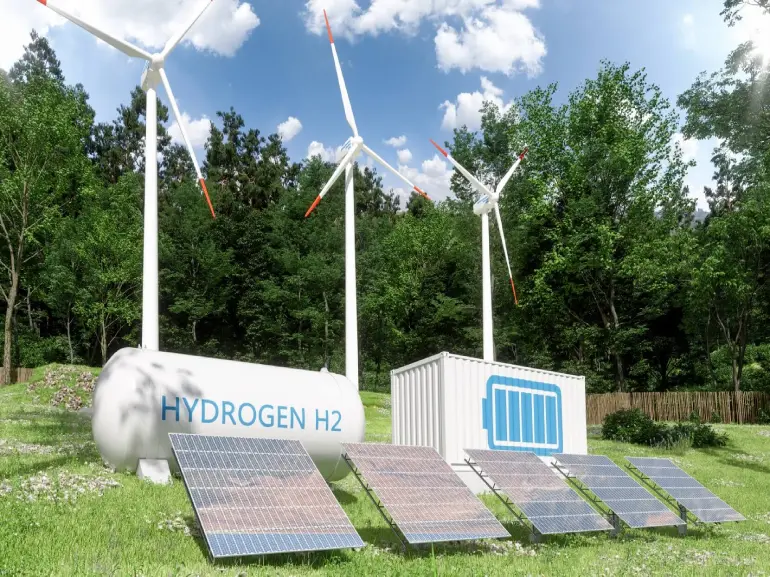• The manufacturing industry is on the brink of a new revolution.
• 3D printing technology can produce consumer products and medical implants quickly and efficiently with minimal waste.
• Robotics are helping to reduce labor costs while increasing efficiency and accuracy.
• IoT devices can be used to optimize production processes or detect potential problems before they become issues.
• Improved actuators enable robots to operate faster and more accurately while reducing noise levels.
The manufacturing industry has been a major player in the global economy since the industrial revolution. However, it is constantly evolving, and we are on the brink of a new manufacturing revolution.
Technologies Helping Improve Manufacturing
There are various technologies right now helping to improve manufacturing. Here are some of them:
3D Printing Technology
One of the most significant changes in the manufacturing industry is 3D printing technology. It was invented by Chuck Hull in 1984 and is now being used to make prototypes, prosthetics, and even production-grade parts.
This technology allows companies to create objects quickly and efficiently with minimal waste. 3D printing technology produces everything from consumer products to medical implants. It can also reduce costs and make it easier for companies to build complex objects with precision. In addition, 3D printing eliminates many of the traditional production steps associated with conventional methods, such as molding and tooling, which saves time and money.

Robotics
Another trend that will shape the future of manufacturing is robotics. Automation has been around for decades, but recent advances have made robots more cost-effective than ever before. Robots can perform tasks faster and with greater precision than humans, allowing companies to reduce labor costs while increasing efficiency and accuracy. Robotics also enables manufacturers to improve safety in their factories by eliminating human error from potentially dangerous tasks.
Internet of Things (IoT)
The Internet of Things (IoT) is another technology driving manufacturing innovation. IoT devices collect data from machines on the factory floor, which can be used to optimize production processes or detect potential problems before they become issues. By collecting this data, manufacturers can identify areas where they can improve efficiency or reduce costs by eliminating unnecessary steps or re-designing existing processes. IoT also enables manufacturers to monitor their equipment remotely, increasing uptime by reducing downtime due to mechanical failures or maintenance issues.
Improved Actuators
Actuators are crucial for automated systems and robotics. A robust pneumatic actuator can differentiate between successful automation and a breakdown. Improved actuators allow robotic systems to move faster, reduce energy consumption, and respond more quickly to changes or instructions. This makes them essential tools for modern manufacturing processes.
Recent advancements in actuator technology have enabled manufacturers to build systems with higher levels of precision and accuracy than ever before. Improved actuators allow robots to operate faster and more accurately while reducing noise levels. This can make automated production lines quieter and reduce costs associated with purchasing and maintaining equipment.
Cyber-security
As manufacturers increasingly rely on technology, cyber-security is becoming an ever-more important part of the manufacturing industry. Millions of cyber-attacks happen annually in the U.S., and they not only disrupt production processes but also lead to the loss of valuable data and customer trust. As a result, companies must ensure that their networks are secure from outside and inside threats.

The Rise of Smart Factories
It’s also important to discuss the rise of smart factories. Smart factories are factory floors that use technologies such as the Internet of Things (IoT), Robotics, Automation, and Artificial Intelligence (AI) to increase efficiency and reduce costs. All of these can contribute to the cost-effectivity of the manufacturing industry, especially now that the U.S. wants to move most of the factories back into the country.
By combining these technologies, manufacturers can create adaptive production systems that respond quickly to changes in demand or customer needs. This allows them to produce goods faster and cheaper while responding rapidly to market trends. Smart factories also enable companies to make more informed decisions, as they can mine data from the factory floor to gain insights into how their processes are performing.
The Future of Manufacturing
The future of manufacturing looks bright, with new technologies continuing to emerge and improve existing processes. By leveraging these advancements, manufacturers can create more intelligent factories that are more efficient and cost-effective. This will revolutionize the industry in the coming years.
With all these technological advancements, the manufacturing industry will become even more critical in the global economy. In addition, it will create new job opportunities for those with the skills to operate and maintain these systems. The future of manufacturing looks bright indeed.


